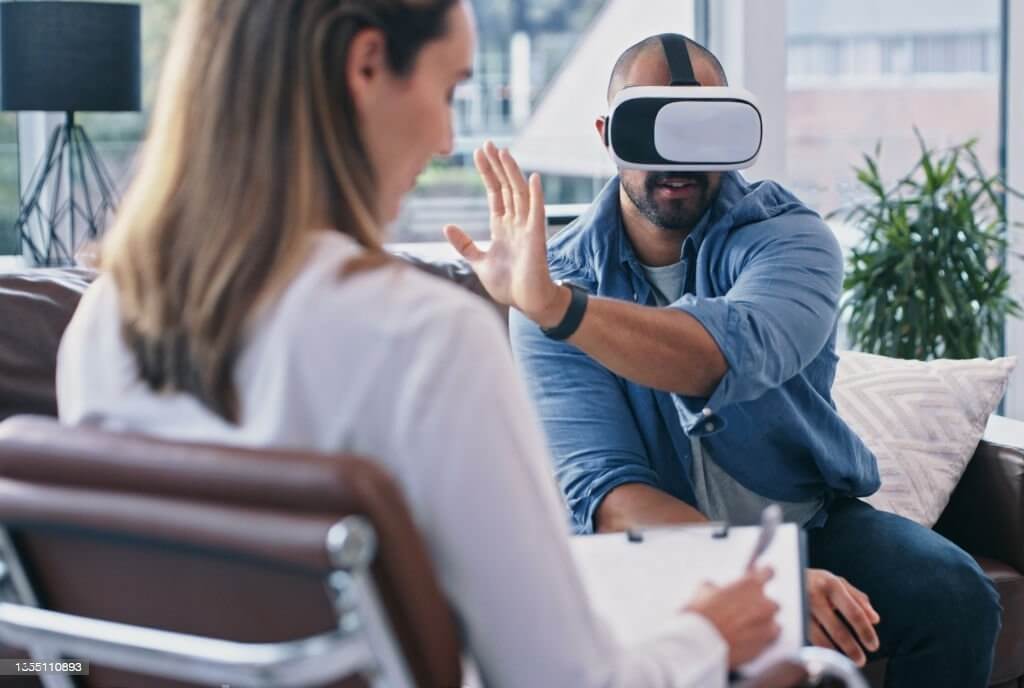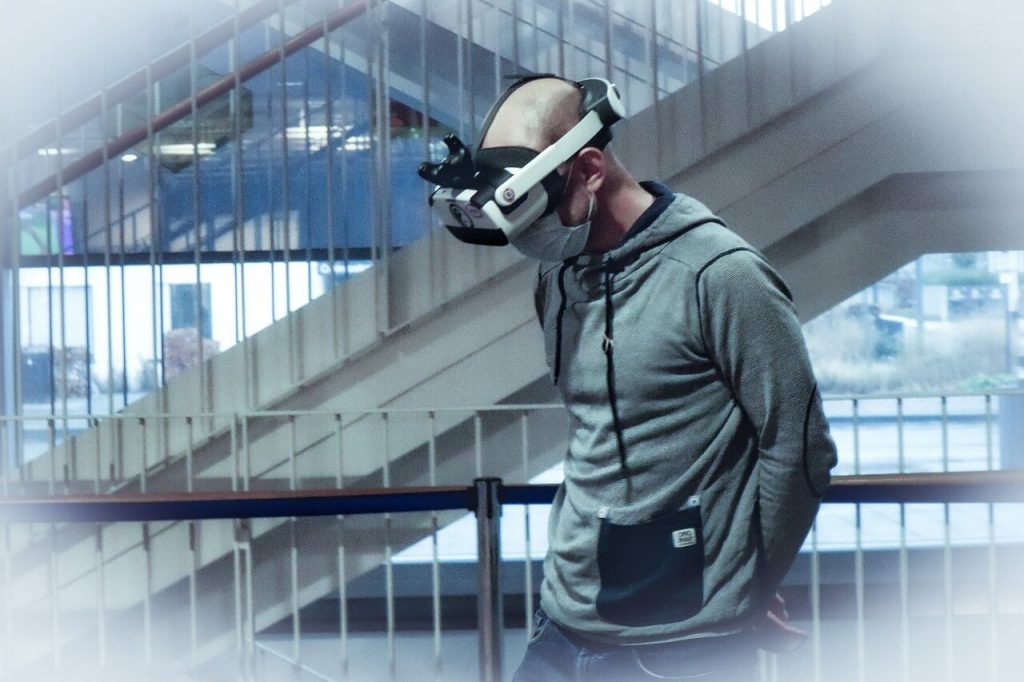Behavior analysis studies human behavior under different conditions. It is a very systematic science based on the principles of behaviorism. They say that behavior is something we learn through communicating with our environment. Due to that, we can change it if we know how. Virtual reality is one of the leading technologies that have a positive effect in this area. Researchers are trying to advance behavior analysis with VR, and we see significant improvements in the field.
We will show you some examples of using VR to conduct behavior analysis therapy. Once you understand this principle, you can apply it to any field, including mental health, education, performance, etc.
What affects our behavior?
As we mentioned, our environment has a major influence on our behavior. Various factors, such as punishments, rewards, and social impact, shape our minds and build a set of behaviors. We can use these same factors to alter our behavior and make it better.
The key components necessary to conduct behavior analysis are:
- Observation
- Measurement
- Data analysis
- Intervention
With the help of these four components, we can use various methods to collect and analyze data about a specific behavior and then design interventions to alter that behavior. These interventions are usually tailored to each individual.
How to advance behavior analysis with VR
Besides the usual methods of behavior analysis, we now have the possibility to use advanced technologies like virtual reality to make improvements in the field. It is possible to advance behavior analysis with VR; all you need is the right approach and idea. With everything considered, it is no surprise that there are many industries interested in VR technology.
The strategies we will discuss today are:
- Conducting experiments in a controlled environment
- Creating realistic simulaitons
- Providing feedback
- Enhancing generalization
- Conducting remote interventions
Let’s look at each of these approaches and explain them in more detail.
Conducting experiments in a controlled environment
When dealing with behavior analysis, simulating the necessary conditions is not always possible. Let’s say you are studying how to treat aggression in children with developmental disabilities. Whether you decide to apply a reward or a punishment, you cannot always create the right conditions. However, VR allows you to create a controlled environment in which you can manipulate each factor to determine what has the highest chance of success.
Another example would be to observe a child with autism in a virtual classroom. It is a safe environment that will help you to understand the child’s behavior, help them deal with everyday struggles, and improve their academic engagement.

Creating realistic simulaitons
This is another excellent use of VR in behavior analysis. The entire point of VR is to build a fake environment that seems real. While we mostly see this in the gaming industry, it is possible to apply it in other industries as well. One use of realistic simulations could be to create a specific environment to help a person deal with social anxiety disorder.
Some people suffer from this and are not good with social interactions. By using VR, you can put them in a safe environment where they can practice behaving and even treat their anxiety disorder.
You can also use this strategy in many other situations. For example, let’s say you are a marketer trying to create a customer-centric marketing strategy. You could create a realistic simulation of your products or services and observe customers interacting with them in VR. Analyze their behavior, and use the data to understand their needs and desires. That way, you can really focus on your clients and build a better marketing strategy based on your research.
Providing feedback
Feedback is vital for proper development, and that applies to all aspects of our lives. People often seek input from others to understand how to improve and be better.
When it comes to behavior therapy, VR opens many doors. A virtual therapist can talk with a patient in a VR environment and use the technology to monitor their tone of voice, stress levels, body language, eye contact, and much more. Then, they can provide genuine feedback about the patient’s behavior and help them become aware of what they do.
Enhancing generalization
We already discussed how VR could help people deal with a social anxiety disorder by placing them in a controlled, realistic environment. In the same manner, we can use VR as a teaching tool to help people learn important social skills and apply them in the real world.
A person who is nervous in social situations or under pressure may safely practice in a VR environment. For example, they could learn how to do job interviews in a VR environment. Or, they could learn how to talk in front of people. These are all necessary social skills that significantly affect our behavior and mental health.
Conducting remote interventions
Finally, let’s talk about patients who live in an inaccessible environment. Virtual reality grants you access all around the world. A psychiatrist could speak with soldiers on the battlefront and help them deal with PTSD or stress. Also, a person with a mental health condition might live in a remote area without access to a psychiatrist. Instead of traveling to another city and spending money, they can connect in a VR environment. Therefore, VR has a huge role in mental health treatment, and it is one of the leading technologies in the field.
The future of behavior analysis with VR technology
Future technologies will advance behavior analysis with VR in many different ways. We can use this approach to treat emotional disorders and improve education, physical performance, social skills, etc. There is great potential in using VR for behavior analysis. As virtual reality advances, we will have even more unique possibilities to help people improve their behavior. This is the strategy of the future, and it is definitely a worthy investment. Let’s start today, help people understand their struggles and issues, and substantially improve their lifestyle and mental health.



